Archives
- 2018-07
- 2019-04
- 2019-05
- 2019-06
- 2019-07
- 2019-08
- 2019-09
- 2019-10
- 2019-11
- 2019-12
- 2020-01
- 2020-02
- 2020-03
- 2020-04
- 2020-05
- 2020-06
- 2020-07
- 2020-08
- 2020-09
- 2020-10
- 2020-11
- 2020-12
- 2021-01
- 2021-02
- 2021-03
- 2021-04
- 2021-05
- 2021-06
- 2021-07
- 2021-08
- 2021-09
- 2021-10
- 2021-11
- 2021-12
- 2022-01
- 2022-02
- 2022-03
- 2022-04
- 2022-05
- 2022-06
- 2022-07
- 2022-08
- 2022-09
- 2022-10
- 2022-11
- 2022-12
- 2023-01
- 2023-02
- 2023-03
- 2023-04
- 2023-05
- 2023-06
- 2023-07
- 2023-08
- 2023-09
- 2023-10
- 2023-11
- 2023-12
- 2024-01
- 2024-02
- 2024-03
- 2024-04
- 2024-05
- 2024-06
- 2024-07
- 2024-08
- 2024-09
- 2024-10
- 2024-11
- 2024-12
- 2025-01
- 2025-02
- 2025-03
-
In the context of our
2020-03-06

In the context of our ongoing studies to define the phytochemical and biological properties of oxyprenylated secondary metabolites of plant and fungal origin, we wish to report herein the investigation on the interaction of some natural and semisynthetic O-alkylcoumarins with promising ChE inhibitor
-
Although it is well established that estrogen and ESR mediat
2020-03-06
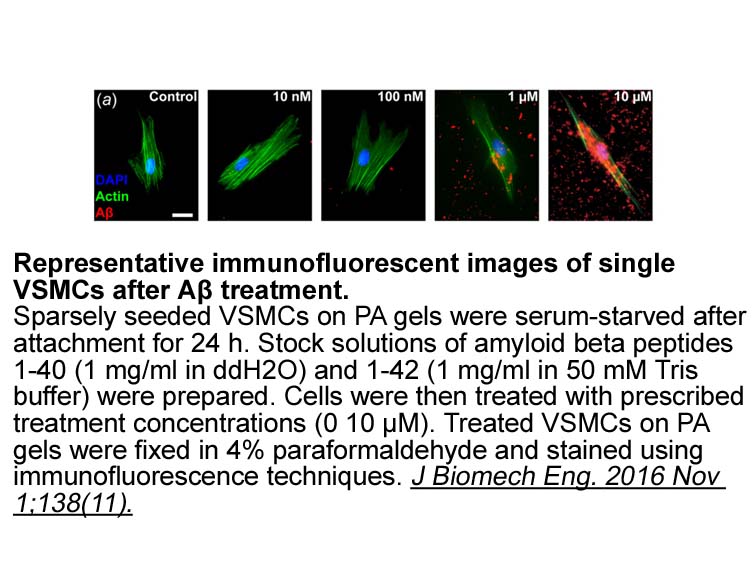
Although it is well established that estrogen and ESR1 mediate numerous reproductive processes, increasing evidence suggests that ESR2 also lays an integral role in reproduction. ESR2 is a mediator in folliculogenesis and may also act by stimulating ovulation and regulating luteinization (Su et al.,
-
Studies of nuclear transplantation of diploid
2020-03-06
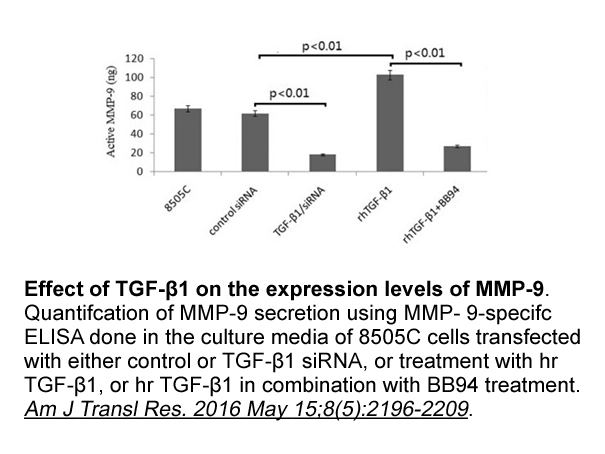
Studies of nuclear transplantation of diploid imprint-free PGCs have shown that the reconstituted oocytes developed to day 9.5 of gestation, with severely retarded embryos and abnormal placentae (Kato et al., 1999). We also reported that MII oocyte injection of imprint-free phESCs without imprinted
-
br Disclosures br Acknowledgements This
2020-03-06
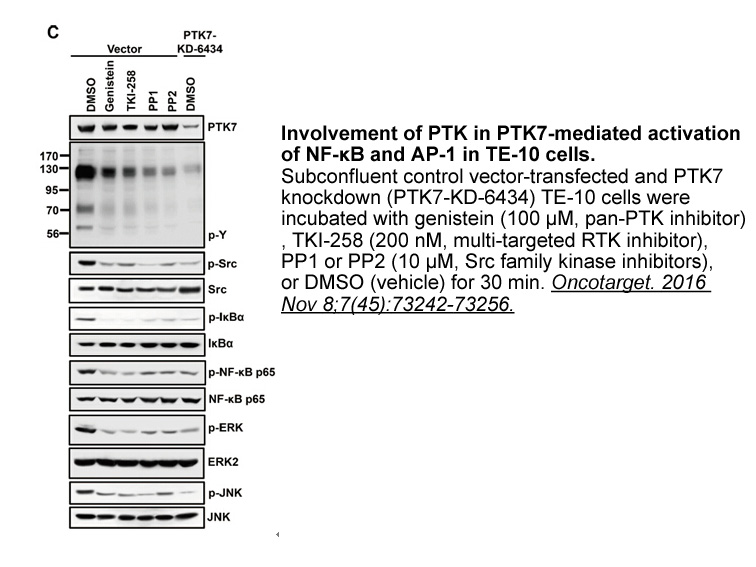
Disclosures Acknowledgements This work was supported in part by grants from the Ministerio de Ciencia e Innovación, Spain (SAF2010-22051) and Xunta de Galicia, Spain (INCITE08PXIB203092PR). Introduction Ca is a key element in cardiac excitation–contraction (EC) coupling. In each heartbeat,
-
Our observation that nuclear but not
2020-03-06
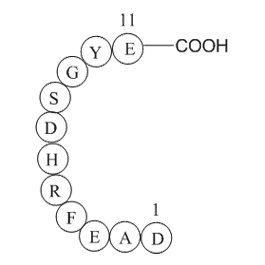
Our observation that nuclear, but not cytoplasmic EP4 expression is associated with different outcomes is interesting. In breast cancer, using the same methods, we did not detect EP4 in the nucleus of malignant DZNep whereas cytoplasmic EP4 was commonly observed [13]. While G protein-coupled recept
-
The reaction of chitosan with
2020-03-05
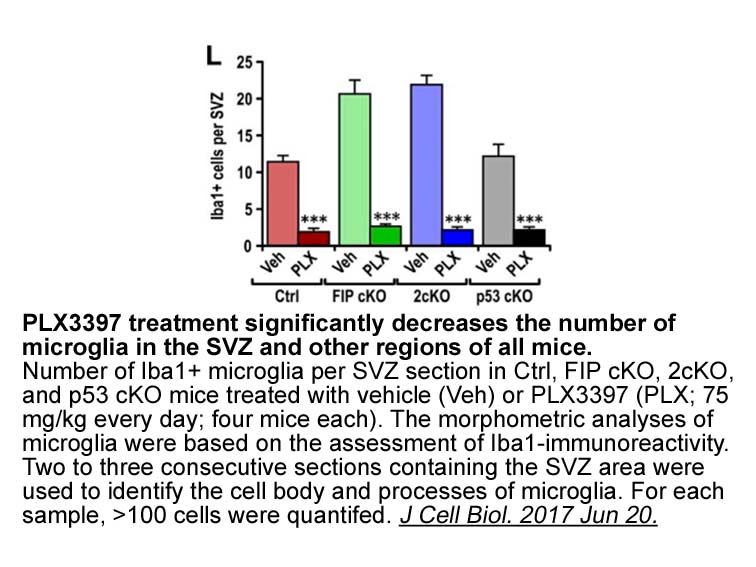
The reaction of chitosan with DVS should take place primarily through a nucleophilic attack of the vinyl sulfone groups to the amino groups in chitosan [39,50], although its hydroxyl groups can also be involved, as it happens when using agarose [35]. These reactions create very stable secondary amin
-
Total synthesis requires the two
2020-03-05
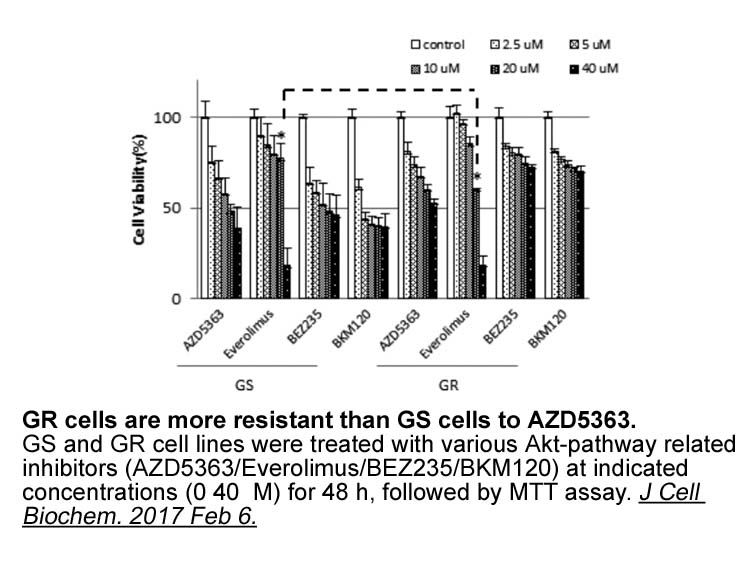
Total synthesis requires the two key intermediates 3 and 7, which were synthesized using the route described in below. Phenylethylamine 3 was readily synthesized from vanillin or isovanillin; the overall yield was 50–52%. To prepare the intermediates 7, bromination of 2-(4-hydroxyphenyl) acetate wi
-
br Results br Discussion Thus the biochemical and structural
2020-03-05

Results Discussion Thus, the biochemical and structural studies of six Maf proteins from different organisms have revealed two subfamilies of new enzymes with the metal-dependent nucleoside triphosphate pyrophosphatase activity against both canonical and noncanonical pyrimidine nucleotides (Yh
-
hcv protease inhibitor br The role of chemokine
2020-03-05
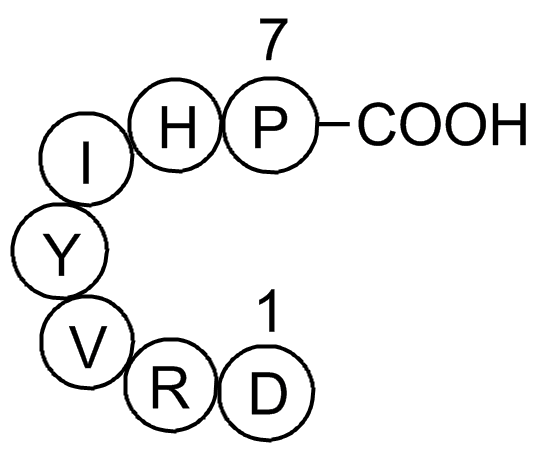
The role of chemokine and AD Chemokines are small cytokine proteins that are involved in various immunological and physiological functions. These proteins can be involved in cell migration and localization during homeostasis and inflammation, and as such, they were named chemokines [80]. Chemokin
-
N fowleri enters the host through the
2020-03-05

N. fowleri enters the host through the nasal cavity and travels via the olfactory nerve into the ephrin receptor where it causes PAM (Visvesvara and Stehr-Green, 1990). The ameba most commonly infects healthy young adults and children and is able to evade the immune system but also elicits extensiv
-
In the present study we used a new luminescent method
2020-03-05
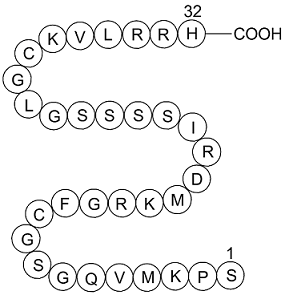
In the present study, we used a new luminescent method to measure CYP activity with Luciferin-ME as a substrate which is used for wide ranges of mammalian CYPs, including CYP1A2, CYP2C8, CYP2C9, CYP2J2, CYP4A11, and CYP4F3B. As a result, no significant modulations of CYP activities in B[a]P exposure
-
The synthetic route of R changed
2020-03-05

The synthetic route of R-changed derivatives is shown in . Compounds – were prepared from commercially available 4-nitro-1-indazole (). After same two steps with , the N-substituted indazole of was produced using the Suzuki reaction in a good yield (85%). Reduction of was performed using Pd/C, and t
-
14613 Two nutrient sensing pathways the
2020-03-05
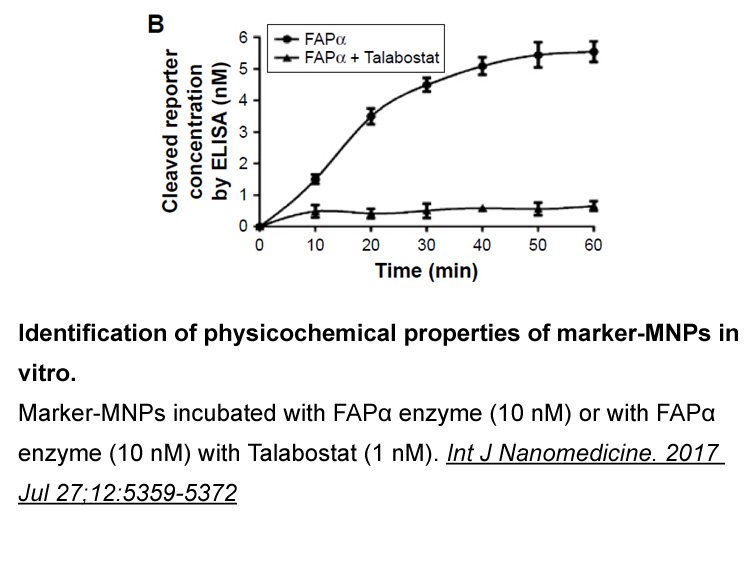
Two nutrient-sensing pathways, the cAMP-protein kinase A (PKA) pathway and the target of rapamycin complex 1 (TORC1) pathway, are implicated in Msn2/4 regulation. Under non-stress conditions, Msn2 localizes in the cytoplasm and is inactivated by both PKA-dependent phosphorylation of the nuclear loca
-
The UPR is composed of three
2020-03-05

The UPR is composed of three different pathways that fall under the control of three respective ER transmembrane proteins: PERK, IRE1α (inositol-requiring enzyme 1α) and ATF6 (activating transcription factor 6). As a starting signal for the UPR, misfolded proteins induce the release of GRP78 from th
-
These data indicate that in the context of
2020-03-04

These data indicate that, in the context of the N-terminal 42 amino acids of p53, threonine 18 is a substrate for phosphorylation by CK1 as mediated by prior phosphorylation of serine 15. To determine whether this is a property of full length p53, GST-p53 fusion proteins comprising the full length p
14985 records 835/999 page Previous Next First page 上5页 831832833834835 下5页 Last page